Issue 148 : 10 March 2024
Talofa Lava, Kia Orana, Malo E Leilei, Tena Koutou, Hello ...
... and welcome to the latest issue of “For The Love Of The Game”, the official e-zine of the New Zealand Amateur Sport Association Inc., founded in Wellington, New Zealand in 2017.
If you have any feedback on this issue, ideas for future articles, or would like to contact the Editor, please click here. And, you are invited to forward the e-zine to others you know, who may be interested in reading it. An archive of earlier editions of the e-zine can be found here.
For those who follow Twitter, you can also follow the Association, @AmateurSportNZ. If you are interested in applying for membership of the Association, please click here.
69 Community Sport Organisations Dissolved Since 1 January ...
Nearly half (42%) of the incorporated societies gazetted as dissolved by the Registrar of Incorporated Societies on 7 March 2024 were community sport organisations, taking the total number of dissolved community sport entities to 69, since 1 January.
Basketball, bowls, cricket, equestrian, floorball, football, martial arts, netball, rugby and tennis clubs all featured in the March list of community sport dissolutions.
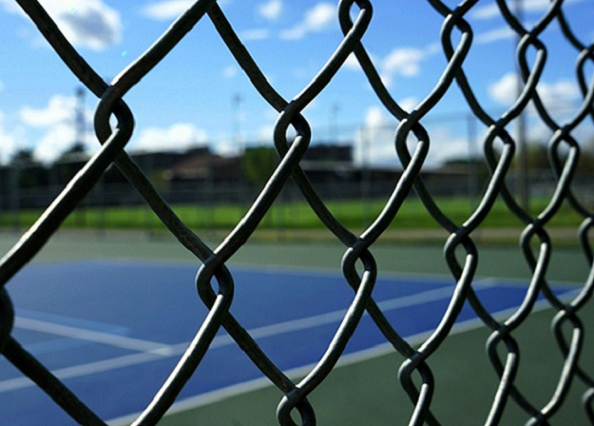
(69 community sport organisations have been dissolved since 1 January)
Among the organisations recently dissolved were: the Green Island Lawn Tennis Club Inc.; the Hutt Valley Kyokushin Karate Dojo Inc.; the Kaikoura Cricket Club Inc.; the Pirongia Netball Club Inc.; the Tawa Floorball Club Inc.; and Te Tini A Maui Māori Rugby Council Inc.
Meanwhile, the Companies Office has released its new “Constitution Builder” on-line (here) for those organisations wishing to commence the re-constitution and re-registration process. The constitution template comprises 36 sections which community sport organisations will need to review, discuss and vote on to meet the obligations of the 2022 Act. The Registrar rightly warns that the tool, "should not be considered a substitute for expert legal advice."
ACC Launches National Concussion Guidelines ...
In partnership with seven national sport organisations, ACC has announced new National Concussion Guidelines for community sport, for recognising and treating concussion. Under the new guidelines, when a player suffers a concussion, they must have a minimum period of 21 days away from full competition and medical clearance must be obtained prior to return to play.

(Sport-related concussions are receiving increased attention)
The guidelines mirror those introduced in Australia this year by the “Australian Institute of Sport” which recommends players under the age of 19 and those who participate in community sport to take 21 days off after contact sport-related concussion injury.
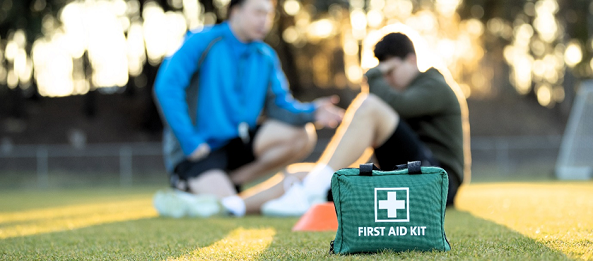
(School and employment come before sport in terms of the recovery guidelines)
Of particular note, the Australian guidelines state, “return to learn and work activities should take priority over return to sport. That is, while graduated return to learn/work activities and sport activities can occur simultaneously, the athlete should not return to full contact sport activities until they have successfully completed a fully return to learn/work activities.”
The New Zealand guidelines also note that, “athletes should have fully returned to school or work and social activities before returning to contact-based training or sport specific competition.” This important guideline will need to be clearly communicated and monitored, both in school and employment environments.
You can read the full New Zealand guidelines, here.
Viewpoint 1 : “The Role Of Role Models” ...
The language used by elite sportspeople (and their behaviour) while engaged in their professional sporting occupation, matters. A presentation to the 20th Conference of the European Association for Sport Management (ESAM) noted that, “elite sport is regarded as one of the vehicles for attracting young children into sport because of the inspirational function of elite athletes as role models towards youth.”

In the eyes of parents who support a professional (or amateur) sport, the values and behaviours of the sport’s athletes will be expected to largely mirror the values and behaviours that they hope for their children as adults. Sport participation is education for life.
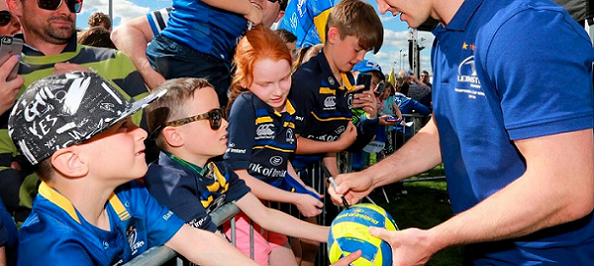
(The values and behaviours of elite athletes are important as role models)
Owing to their public scrutiny as paid professionals, the standards expected of elite athletes (often representing businesses and financial sponsors with brand values) are typically higher than that expected on a community sports ground, where human frailty is part and parcel of a sporting experience. Inevitably, supporters of any sport will vote with their feet (and their wallets) if they feel that the values and behaviours of its paid professionals do not align with their own.

(Values that build communities are the hallmark of successful sporting codes)
In an era of increased social polarisation and the widely reported politicisation of sport for non-sporting purposes in New Zealand, sporting codes which aim to build stronger communities seem more likely to succeed long-term, compared to those that risk undermining them.
Youth Sports Participation Falls In United States ...
While 58.4% of children and adolescents aged 6 to 17 years participated in a sports team or took sports lessons after school or on weekends “in the past 12 months” according to it's 2016-17 survey, the most recent US "National Survey of Children's Health" (or NSCH) revealed that youth sports participation fell nearly 10%, to 50.7% in the 2020 to 2021 period.
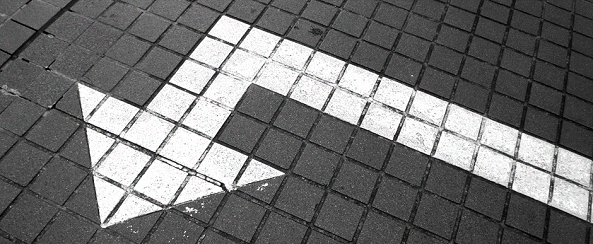
(Teenage participation sport in the US has taken a tumble in recent years)
Reflecting the trend of the above data, the “State Of Play 2023” report produced by the US Aspen Institute revealed that over the three years, 2019 to 2022, the percentage of teenagers (aged 13 to 17 years) who participated in a core team sport on regular basis fell by 6.2%.
Of the entire 6 to 17 year old age bracket, only 40% of males played sport on a regular basis, and only 34% of females. Of note, household income plays a large part in determining if children regularly participate in team sport, with children of families on lower incomes much less likely to participate. You can read more about the survey data, here.

(Household income is a key factor in determining if youth participate in team sport)
School Sport NZ Reaffirms Stance On Non-Broadcasting Of U15 Events ...
Following consultation with its member principals, School Sport NZ (SSNZ) has reaffirmed its stance on the non-broadcasting of under 15 specific events at SSNZ sanctioned competitions. This decision aligns with the principles outlined in the Broadcast Charter, endorsed by a majority of the National Sports Organisations responsible for SSNZ sanctioned events.
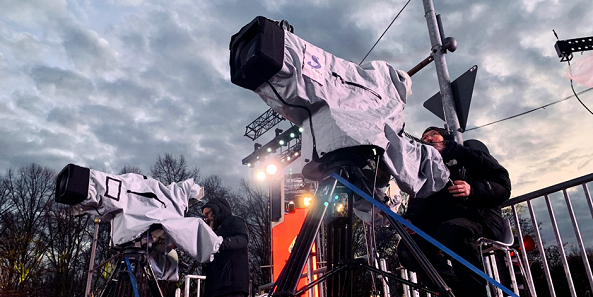
(The broadcast cameras will off under 15 age-group athletes in 2024)
In December 2023, a survey conducted among secondary school principals validated ongoing support for this policy, underscoring the wider community's commitment to: safeguarding child privacy: minimising performance pressure: promoting participation over competition: ensuring equity and access: and maintaining a safe sporting environment.
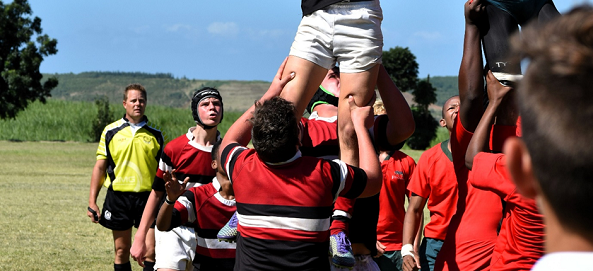
(The broadcast ban promotes participation over competition and high performance)
Viewpoint 2 : “Media & Community Sport ...
At a time when one foreign-owned news supplier (Newshub) is closing down and another publicly owned channel (TV1) is reducing its news coverage, the Association received a message from a national sport organisation regarding community sports news, (or the lack of it).

(There is no national coverage of community sport news)
Our correspondent wrote, “I am sure you are aware of the difficult problem of minor sports getting media that enables anyone to discover these sports. I have had a good look around the net to try and find any outlet that could/would be able to be used as an outlet for minor sport writeups and results. A "newspaper" of the old style. Where amateur administrators could forward results and game or event write-ups."
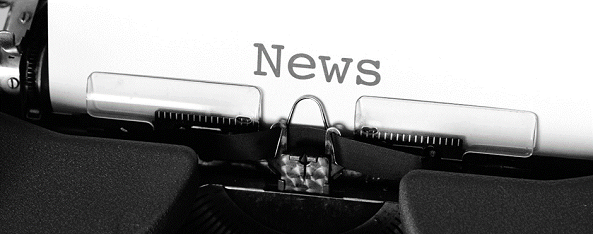
(A new on-line hub for national community sport news is proposed)
"Rugby, cricket, league and netball manage to get (too) much coverage that floods everyone else out. My liquid idea sees a news website with sports headings, headlines, pictures, opinion, videos of games/events and room for feedback. Anything and everything except major "real news" in an upper corner, major sport and politics.”
We think this is a great idea, with the Association’s website one possible way to collate and make available news items. We’ll look into what can be done to promote amateur sport’s news, achievements, challenges and opportunities.
From The Archives ...
MATAURA ENSIGN, ISSUE 360, 11 NOVEMBER 1897, PAGE 2
“The cycle relay ride from Bluff to Christchurch, on Friday and Saturday last, as might be expected, was full of incident (mostly unpleasant) and it is a significant fact to note that, in the majority of cases, only one of the two riders sent out completed the different stages allotted.
Possibly one of the most meritorious rides of the whole journey, was that accomplished by Fred Wallis (Gore) who did the distance from Gore to Pukirau (something over seven miles) on a road unformed for the greater part of its distance, and abounding in bogs, hillocks, and ruts of the most heartrending description, in 29 minutes. Mr Wallis was riding a Victor machine, and the fact that it came out of the trying ordeal unscathed is a splendid advertisement of its quality.”
Richard Frederick (“Fred”) Wallis was born at Hillmorten, Christchurch, in 1860, the son of Richard Walter (owner of the Gore Fellmongery) and Isabella (nee Bird) Wallis.
He accompanied his father to Gore, (which was then known as Gordon), in 1877, when his father came to the district to work on the then extensive Wantwood Station. The remainder of the family came to Gore in 1878. Fred married Catherine Josephine Cahill (known as “Kitty”) in 1885, with whom he raised eight children.
Fred Wallis was a keen sportsman and was acknowledged as the “father” of athletics and sport in Eastern Southland. He was a champion runner in his day, being one of the select circle of New Zealand sprinters whose performances touched on the then existing records.
On the football field he was known as the “Southland greyhound.”
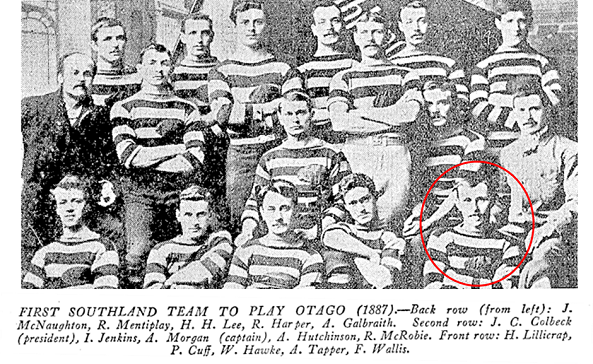
He was the main influence in the establishment of the original rugby football club at Gore, playing at an age when most footballers would have been content to "play their football from the bank". Fred represented Southland from 1887 to 1889 and was one of the line of wing three-quarters which played for the country district of Southland against the famous Māori team on its return from the English tour in 1887. After retiring from the game Fred refereed for many years and was the first president of the Eastern Southland Rugby Football Sub-Union, a position he held continuously for 21 years. An original member of the now defunct Caledonian Society, when 40 years of age he became a champion cycle sprinter.
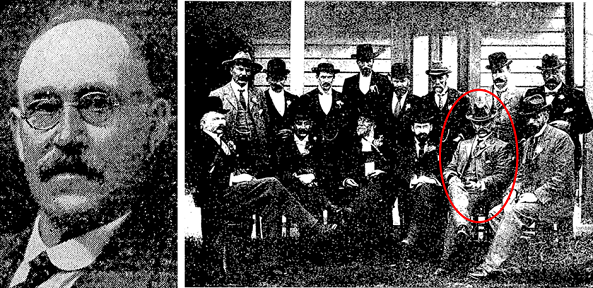
(Fred Wallis was a long-serving member of the Gore Racing Club)
His voluntary and unselfish work in the interests of clean and healthy sport for more than half a century gave him a unique place in the sporting fraternity of the province. Fred Wallis died on 6 December 1940 at the age of 80 and he is buried in Gore Cemetery.
The Final Word ...
"As a parent, I have a job as a role model to my children, and to other young people."
(Kareem Abdul-Jabbar, NBA, 1969-1989)